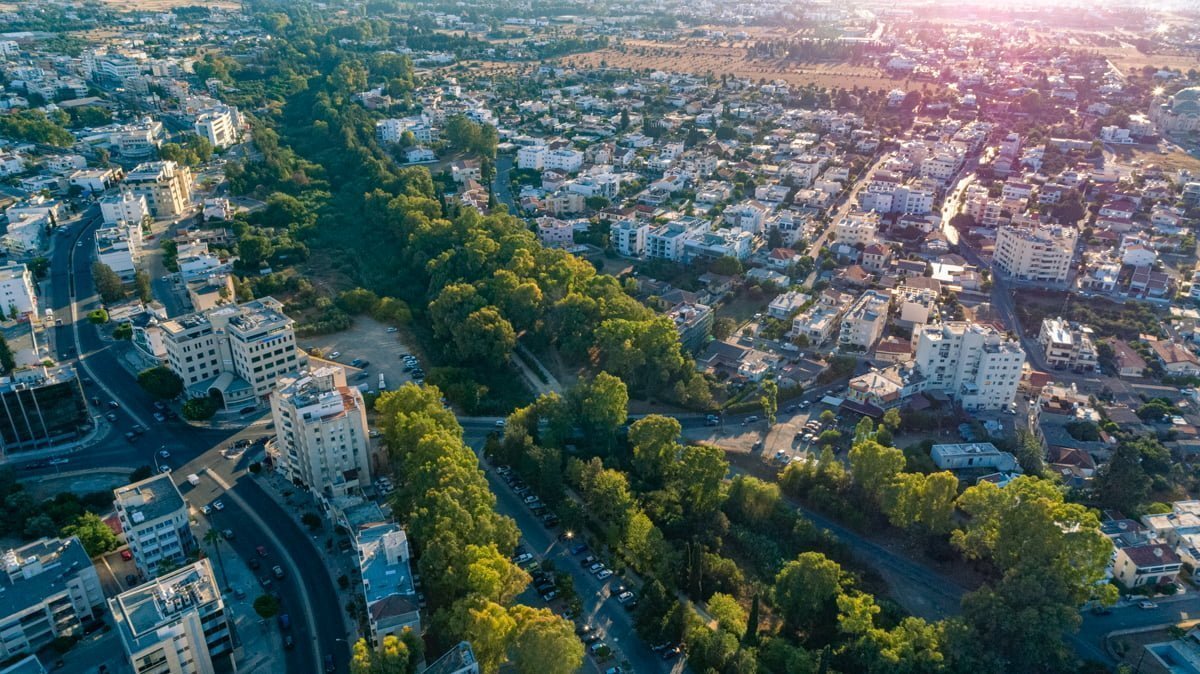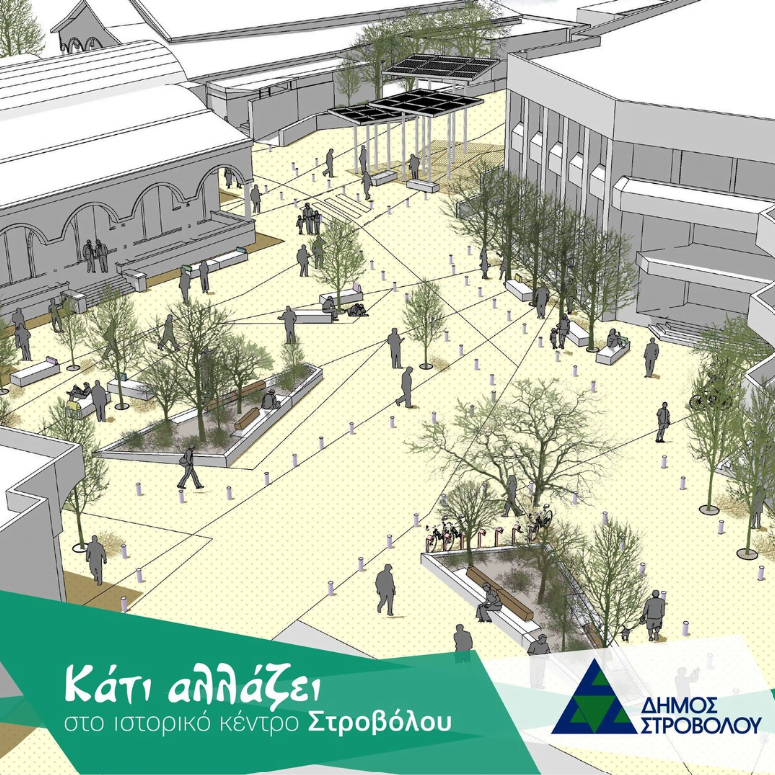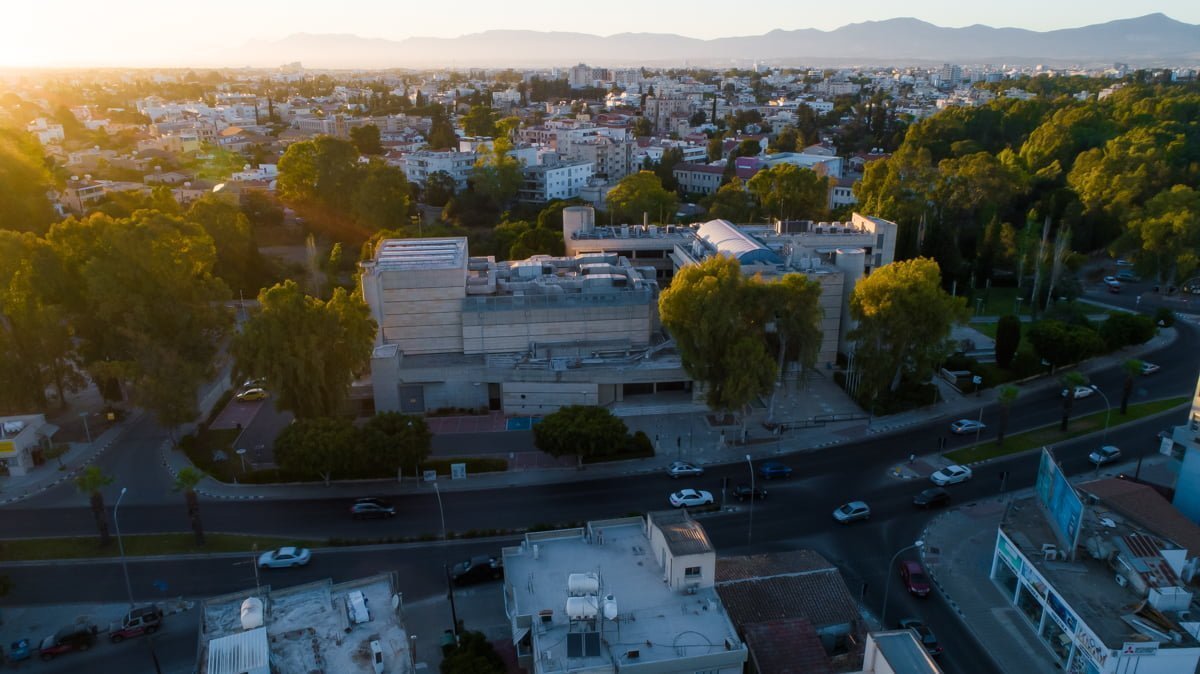Strovolos joins the POLIS family!
POLIS is delighted to welcome the first Cypriot member, Strovolos, to our growing network of cities and regions! We spoke with them about their sustainable mobility planning, ambitions for the future... and why they joined POLIS!
The Municipality of Strovolos is the second largest Municipality in Cyprus after Limassol, with a population of over 70,000 inhabitants. Over the last few years they have developed ambitious urban mobility planning with their sights set firmly on radical carbon reduction targets... and here is how they are going to achieve them!
What are Strovolos’ main goals when it comes to sustainable mobility?
Strovolos aims to gradually reduce private car usage, promote modes of sustainable transport, and ultimately achieve climate neutrality by 2030, and the Municipality is currently drafting its Action Plan to meet these goals.
How are you pursuing these goals?
By adopting the Sustainable Urban Mobility Plan (SUMP) — currently under development, as well as the Strategic Planning for 2021-2027, designed in cooperation with five neighbouring municipalities, we aspire to implement a range of actions, supported by the European Commission and the Cypriot government.
What are the key actions contained in the SUMP and Strategic Planning for 2021-2027?
Both plans include innovative actions which will be a breakthrough for urban Nicosia and mostly the Municipality of Strovolos.
The development of the SUMP is based on the general planning concepts defined by the new ELTIS process (2019) with an emphasis on integration, participation, and evaluation principles.
The most important action is the phased development of a tram corridor, beginning with bus-based investments and eventually moving towards tram infrastructure, which will be used in the short-term by buses running in dedicated lanes, in the medium term by high-quality buses (possibly a BRT), and eventually a tramway system. The plan also provides accessibility and services for People with Reduced Mobility (PRM).

Credit: Municipality of Strovolos
Additionally, through the SUMP, we aim to regenerate and transform the city’s historic core, business centre, and satellite municipalities with the view of putting in place a coordinated plan for regeneration that will be supported by enhanced mobility measures such as high-frequency public transport, cycleways and walkways.
In the Strategic Planning for 2021-2027 support two projects that we consider the most important: the project of Pediaios Linear Park, which involves the three Municipalities of Nicosia, Lakatamia, and Strovolos, and the project of the Digital Academy. The former involves the improvement of the walking path and cycling path alongside the torrent Pediaios, the improvement of the park’s connectivity, the reinforcement of biodiversity in the area, as well as the reduction of our carbon footprint and energy consumption.
The Digital Academy in turn is a flagship project which will be hosted at Strovolos' historical centre: the plan is to create the first energy-neutral and smart public building on the island, to host various activities to help with digital transformation and social inclusion.

Illustration of Strovolos' Slow City concept (Credit: Strovolos Municipality)
Specific to mobility, the Strategic Planning for 2021-2027 includes the following actions: renovation of Strovolos historical centre, with the main objective being the promotion of sustainable mobility through the concept of the Slow City, the creation of a bus corridor network, improvement of infrastructure for bus stops, new bus service for the connection of historic town centres with university campuses and the city, the use of municipal electric buses, and creation of facilities and charging stations coupled with new cycling and walking paths.
Which recent achievements are you most proud of?
We are most proud of the fact that walking and cycling are two of the preferred modes of travel for citizens of Strovolos in the area of the previously mentioned Pediaios Linear Park. Connecting three different municipalities, it brings an ideal of connectivity of the metropolitan area to the city centre, alongside a beautiful scenery.
How do your urban mobility goals fit within your wider climate action and decarbonisation goals?
The Municipality is highly motivated towards increasing its resilience towards climate change. Our mobility goals emphasiae the following fields, which will greatly affect air quality, energy efficiency and decarbonisation:
- Equitable development of soft and active means of transport (walking, cycling, etc.);
- Creation and connectivity of new public spaces, and improvements and connectivity to existing ones;
- Strengthening and promoting public transport and multimodality;
- Managing access and parking in sensitive low-emission areas and historic cores through measures such as clean vehicles and access to public transport, MaaS modes and sharing mobility schemes);
- Sustainable and clean city logistics;
- Coordination of regeneration initiatives and mobility measures to support area regeneration;
- Travel plan proposals for specific trips — including the introduction of flexible working hours or means of working to address traffic congestion.
What is your vision for the future of the city?
We aspire for our city to be green, smart, resilient towards climate change and climate neutral by 2030. Strovolos aims to offer quality services to citizens, empowering them to make the right decisions and encouraging them to care and create a vibrant community which aims to promote sustainable development and solidarity, in the spirit of the UN Sustainable Development Goals.
Why did you decide to join POLIS?
Strovolos Municipal Council decided to join the POLIS Network because it is the leading network of cities aimed at achieving the best possible solutions for the promotion of sustainable mobility.
We hope to learn good practices and receive guidance on issues like how to communicate change and how to persuade citizens to participate in the process of implementing sustainable mobility measures.
Also, we would like to see how other cities overcame obstacles we are facing and how they managed to change the predominant culture around mobility. The main challenge we are facing is how to engage with citizens and how to convince them to participate in the process.
